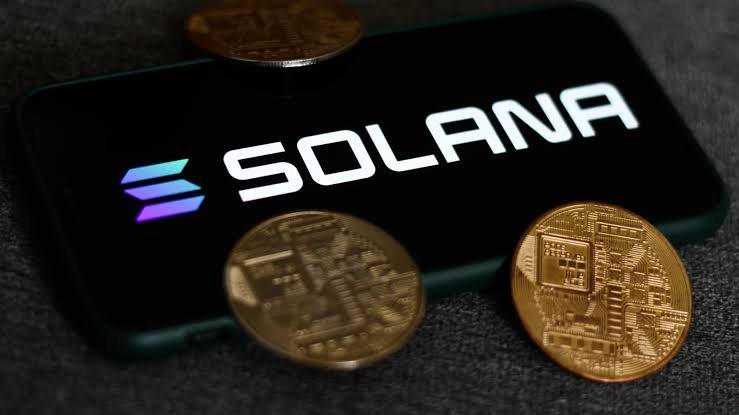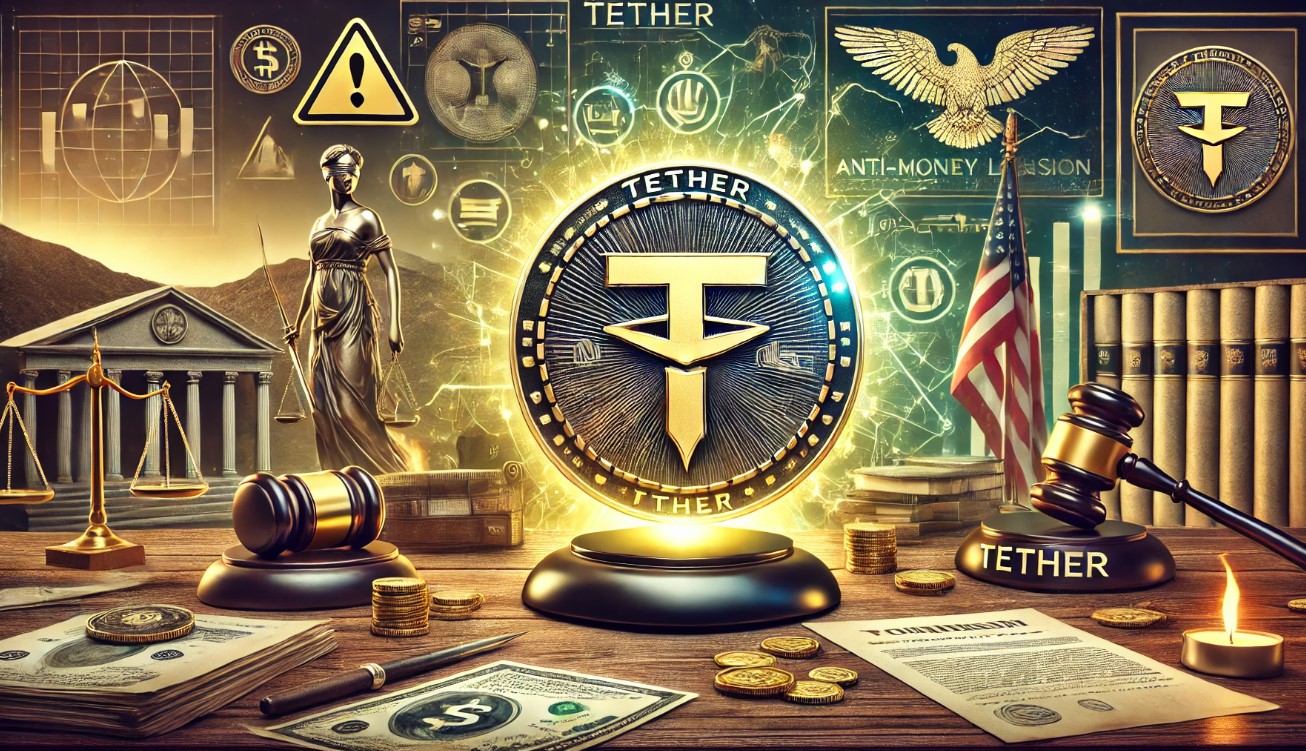The International Organization of Securities Commissions (IOSCO) is calling for enhanced investor education efforts around digital currencies as retail interest continues to grow despite well-reported risks, volatility (and fraud) in the sector.
In a new report released last week, the IOSCO Committee on Retail Investors highlighted the need for targeted digital currency education initiatives, especially for younger and novice investors who are increasingly drawn to get-rich-quick schemes and eye-watering returns promised by digital assets.
The report comes as digital currency markets have experienced extreme price swings over the past two years, from all-time highs in late 2021 to steep declines in 2022’s ‘crypto winter‘ and renewed volatility in the hunt for all-new all-time highs this year.
“With such growing widespread interest in crypto-assets, retail investors are subject to unique risks,” said IOSCO Chair Jean-Paul Servais. “Market events have shown that the industry carries high levels of volatility, failures, and bad actors causing harm to investors and the markets.”
According to surveys cited in the report, many individuals new to investing were motivated to enter capital markets, specifically because of digital currencies. These novice investors tend to put higher proportions of their portfolios into digital currencies than experienced investors, with key motivations including ‘fear of missing out’ (FOMO), the low cost and barriers to entry, and advice from friends or social media.
The IOSCO report notes that many digital currency investors underestimate the risks involved. An Australian study found that just one-third of digital currency owners considered their holdings to be risky or speculative investments.
A key focus of the IOSCO report is the outsized influence that social media plays in digital currency investment decisions, especially for younger demographics. Multiple surveys found that friends, family, and social media were primary sources of digital currency information and advice for retail investors.
“In addition to reliance on word-of-mouth recommendations, many digital asset holders interviewed also made strong use of social media and online forums for investment advice,” the report read. “Many interview participants mention that WhatsApp groups, often introduced through word-of-mouth, also function as platforms for knowledge sharing among friends while YouTube provides easily digestible information on the workings of digital assets.”
IOSCO emphasizes that regulators need to become adept at using social media themselves to reach investors in these silos focused on digital currencies, particularly as the demographics attracted to these assets skews much younger. One U.S. survey found that 62% of investors under 35 have considered digital currency investments, compared to just 9% of those 55 and older. In France, 54% of new retail investors hold crypto assets—over twice the rate of traditional investors.
“As many prospective crypto-asset investors are on social media, crypto-asset market participants use the reach of social media to find investors, and fraudsters target unsuspecting victims on social media, it is critical that IOSCO members also use social media to present and deliver their education resources regarding crypto-assets,” the report states.
The report also warned that it is tough for novice investors to navigate the persistent messaging across social media platforms by influencers and targeted advertising, which generates buzz and FOMO, with the rise of so-called ‘meme coins‘ with no clear utility beyond social media hype cited as an example.
The extreme volatility and risks in the crypto sector were starkly highlighted by several high-profile failures in 2022, which are detailed in the IOSCO report.
The TerraUSD ‘stablecoin’ collapse in May 2022 wiped out $50 billion in market value and triggered over $400 billion in losses in the broader crypto market. This was followed by the bankruptcy of major crypto hedge fund Three Arrows Capital.
Even more dramatically, the November 2022 implosion of crypto exchange FTX, which had spent millions on Super Bowl ads earlier that year, sent shockwaves through the industry.
“These events resulted in significant losses for retail investors and highlight the volatile, high-risk, and speculative nature of crypto-assets, the noncompliance with applicable regulations, and, in several jurisdictions, the absence of regulatory protections,” the report states.
“The growth of relationship investment frauds, and the continued prevalence of traditional fraudulent schemes such as Ponzi schemes, exit scams, pump-and-dumps, and market manipulation.”
The report details how regulatory approaches to digital currency have evolved since IOSCO’s previous report in 2020, with many jurisdictions becoming more active in enforcement and developing new digital currency-specific regulations. The report pointed to Thailand, Hong Kong, and France as making clear steps forward in this respect, but noted that many digital currency businesses still operate outside of regulatory frameworks or fail to comply with existing regulations, leaving investors at risk.
Given the continued growth of retail interest in crypto despite the risks, IOSCO is urging its member regulators to enhance their investor education efforts with messaging tailored to digital currency issues and targeted at younger, novice investors—accounting for the high-risk nature of these assets, the propensity of scams, the lack of investor protections and the murky role that so-called KOLs play.
“Financial education is a complementary tool to regulation and supervision to enhance investors’ awareness, critical sense and rational behavior,” said IOSCO Chair Servais.
“Financial literacy must go hand in hand with appropriate investor protection measures, fair advice, supervision and enforcement of rules.”
Watch: Educating the government on potentials of blockchain

















 English (US) ·
English (US) ·